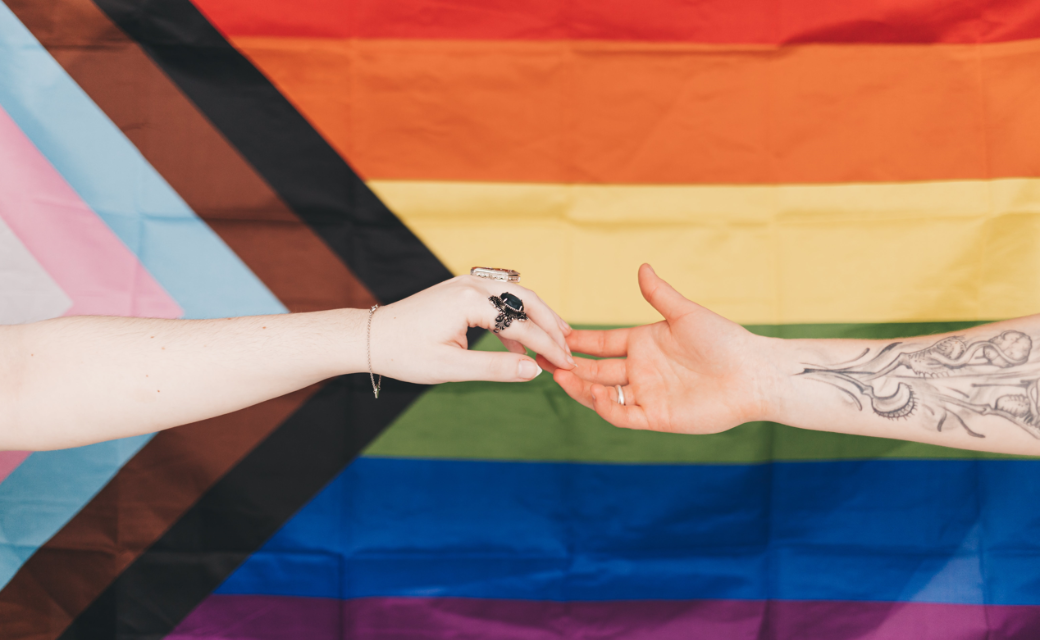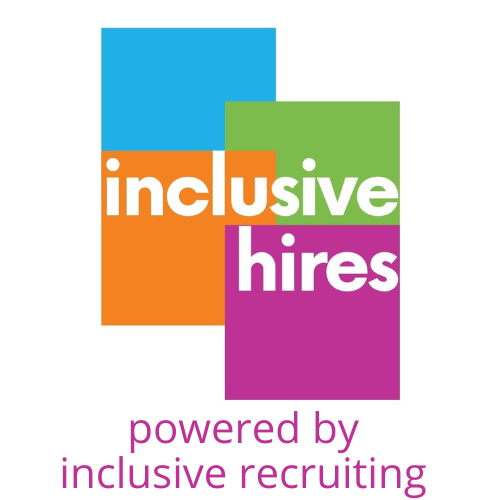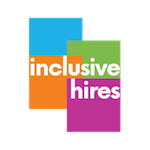
An LGBTQ+ inclusive workplace is somewhere employees of all sexualities and gender expressions feel safe and valid and comfortable bringing their whole selves to work.
In addition to the clear ethical standpoint, having robust inclusion strategies in place for LGBTQ+ colleagues also makes sense from a business perspective. This is because all employees will feel less stressed and more productive as respected members of a cohesive team, and is therefore beneficial in terms of productivity and profitability.
By taking positive micro-affirmative actions, we can help prevent LGBTQ+ related microaggressions and create more inclusive workplaces for everyone.
What is a microaggression?
Microaggressions are the everyday slights, snubs, or insults, whether intentional or unintentional, which communicate hostile, derogatory or negative messages to members of a marginalised group.
For people in the LGBTQ+ community, these subtle discriminations are often a frustrating part of daily life. Microaggressions may appear harmless or trivial, and people, especially those with privilege, might think these seemingly innocuous comments should be easy to ignore. But over time, these kinds of interactions can do considerable damage. Research has found a link between people who experience microaggressions and mental health issues such as depression, anxiety and trauma, as well as physical health issues.
An LGBTQ+ related microaggression would be, for example, asking a woman if she has a husband or a boyfriend — hence, presuming her heterosexuality; or telling a bisexual that they would probably be happier if they they chose a heterosexual relationship; or asking a trans person invasive questions about their body.
LGBTQ+ related micro-affirmative actions
We all have a duty to ensure that we are not acting in a discriminatory manner, whether consciously or unconsciously.
Examples of LGBTQ+ related micro-affirmative behaviours include:
1. Being mindful of your biases, perceptions, and stereotypes – challenging your values and heterosexist assumptions.
2. Challenging your view of traditional gender identities and behaviours.
3. Recognising there is a benefit in having different voices at the table; appreciating that a broad spectrum of people results in problem-solving skills being enhanced as there are different approaches to projects, with the diversity of thought improving the final outcome.
4. Ensuring there is representation and visibility from across the LGBTQ+ community – being able to see yourself represented is important.
5. Instead of making assumptions, use neutral pronouns, i.e. they/them/their, referring to a person’s partner instead; this prevents you from putting someone on the spot about their sexuality by asking “Is your partner a man or a woman?”, or expecting them to correct you.
6. There are tactful ways to clarify someone’s gender identity, such as asking: “May I ask which name and pronouns you would like me to use to address you?”.
7. Minimise misgendering individuals – asking people what their pronouns are before assuming. Sharing your own pronouns invites others to share theirs too. You can ask people to include their pronouns when they introduce themselves to someone new or in workshops and meetings.
8. If you’re comfortable to, you can call out a colleague who is using the wrong pronouns about someone you work with and can say something like “Actually, this person uses these pronouns, and it’s important for us to use them as well”.
9. Remember that language is ever-changing, and that meanings and words can have a different significance for people; if you’re unsure it’s best to ask people in an appropriate and sensitive manner.
10. Holding yourself accountable for any microaggressions you commit. Many people with good intentions inadvertently say hurtful or offensive things from time to time. Firstly, recognise that it doesn’t make you a bad person, we all have blind spots. What is most important is that when you are called out, try to manage any defensiveness, validate what the offended person is saying and how it affected them, and apologise if you hurt them.
11. If someone speaks up against a microaggression or tells you they are hurt by what you said or did, don’t argue that it didn’t happen. Try and understand how your behaviour can be changed and see it as an opportunity to develop your awareness.
12. When you notice microaggressions by others, you can demonstrate active allyship and call them out – but only if and when you feel safe to do so. You will need to decide whether to confront it then and there while it’s fresh or to say something later on after you’ve had time to process what happened. This will depend on the circumstances. Consider your physical safety and your relationship to the offender, the setting and also whether you have the emotional bandwidth to have the conversation.
13. If you’re chairing a meeting, make sure you have given everyone the opportunity to contribute.
14. Don’t announce someone’s sexual orientation or gender identity for them – let people share what they feel comfortable with.
15. Don’t make assumptions about people’s passions and interests based on their sexual orientation or gender identity – ask people what they’re interested in.
We can all play our part in encouraging an LGBTQ+ inclusive culture which is understanding and open to education, and create new positive behaviours to provide support and comfort for everyone.

Inclusive Recruiting can support you on your mission to be more inclusive! Get in touch to find out about our training workshops. Call the IR team today on 0203 397 8333.

